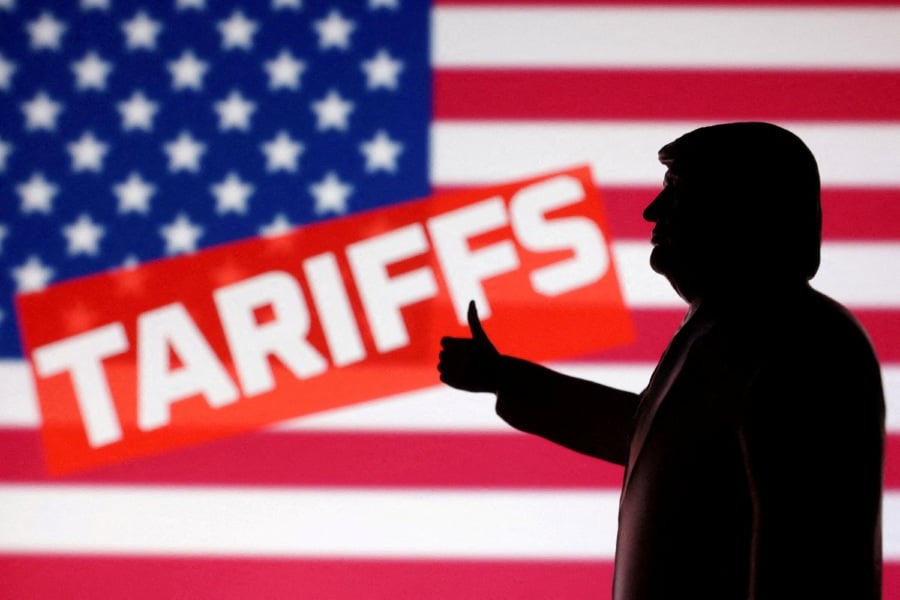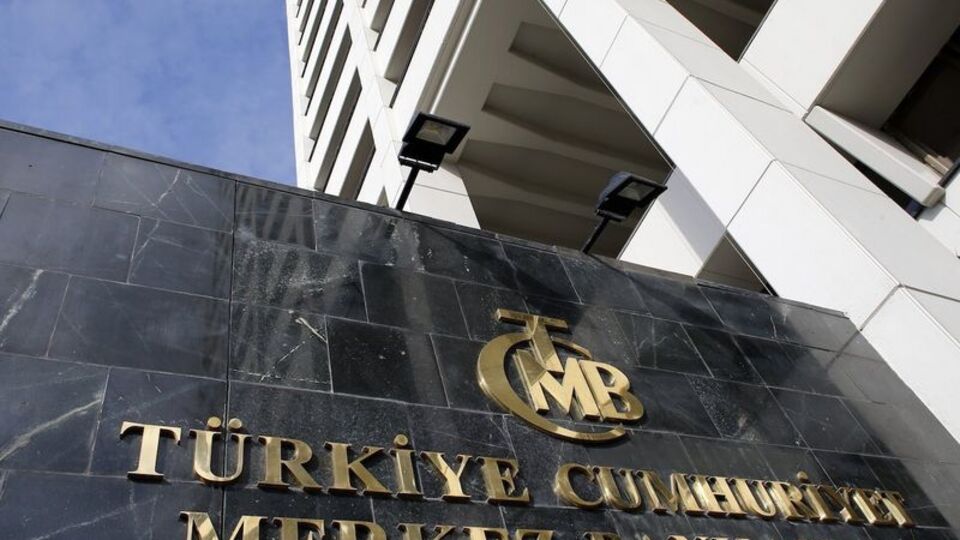
New import tariffs imposed by US President Donald Trump are cornering global markets. Stock markets are still hovering near record levels, while heavy customs duties have led to severe profit losses on some giant companies' second-quarter balance sheets. This contradiction suggests that investor optimism may pass a tough test in the second half of the year.
The S&P 500 Index has been around since its trough in April 26% Increasingly set records in a row. But the balance sheet season has made clear the pressure that Trump's tariffs are creating on some companies. Companies operating in the manufacturing and consumer goods sector, in particular, have reported that rising import costs are dragging down profitability. Ford, profits from tariffs 2025 $2 billion while explaining that it will reduce; Caterpillar at least $1.3 billion waiting for the tariff load. Consumer brands such as Apple, Hershey and VF Corp. also note that rising costs will be reflected in their balance sheets.
Tariff Effect on Company Profits
- Ford: A decline of about $2 billion in profit is expected in 2025.
- Caterpillar: It foresees a tariff cost of at least $1.3 billion.
- Apple: Its six-month profit is estimated to decrease by $2 billion.
- Hershey's: The annual tariff burden will reach $170 million.
- VF Corp. (Vans, The North Face, Timberland): It predicts a loss of $250 million in profits by 2026.
Giants such as Procter & Gamble, Mattel, Columbia Sportswear and L'Oreal also announce that they will partially reflect the rising costs to the consumer. But the tariffs have only been in place for a few months, so the real impact is expected to become clearer in the second half of the year.
The Contradictory View in the Markets
Although the tariff effects have made headlines, companies releasing balance sheets, according to FactSet data, have about 80% managed to exceed analyst expectations. This strong performance leaves investors still on the buying side. But Oxford Economics warns that this resilience in profit margins may not be permanent. Balance sheets are expected to come under further pressure in the second half as the effective tariff rate rises, as inventories melt and domestic demand weakens.
Average import tax after Trump's “Liberation Day” tariff move 28%It had risen to. Then this rate dropped to 14% first, and now %18 He's watching around. Still, this level is well above the average of the past 90 years. Institutions such as Morgan Stanley, Evercore ISI and Deutsche Bank attract clients in the second half of the year 10% to 15% warns against a market correction in between.
Risks for the Second Half
Weakening signals are also noticeable in the labor market. Employment growth in the May-July period was limited to an average of 35 thousand, which is up from the 2024 average 80% It means a fall. While Trump's response to these numbers has been harsh, CEOs will continue to have to explain the growing tariff burden on their balance sheets. Analysts note that there may be a broader squeeze on balance sheets in the third and fourth quarters, which will test the current market optimism.
Benzer Haberler
.png)
Yakında Tüm Platformlarda
Sizlere kesintisiz haber ve analizi en hızlı şekilde ulaştırmak için. Yakında tüm platformlarda...






.png)